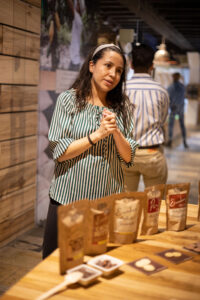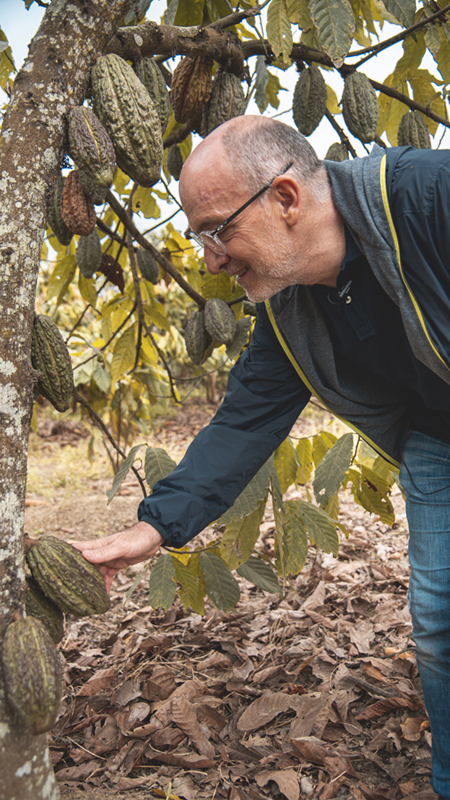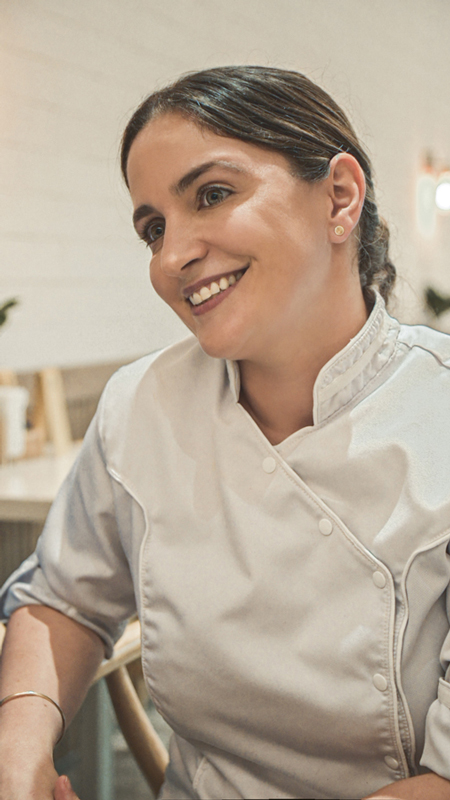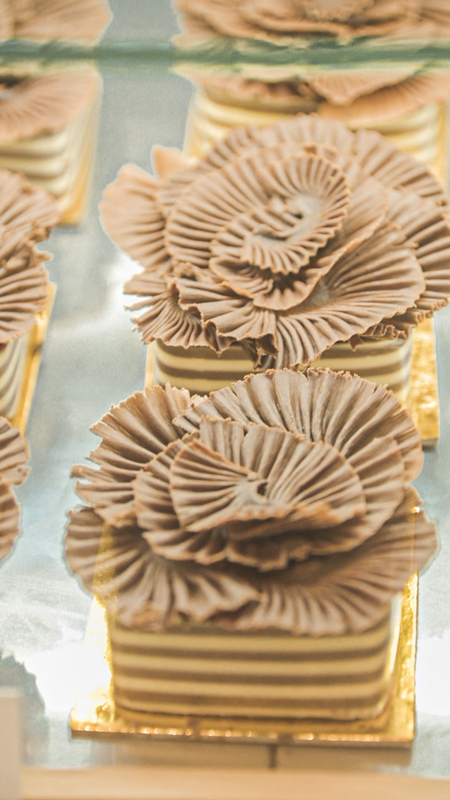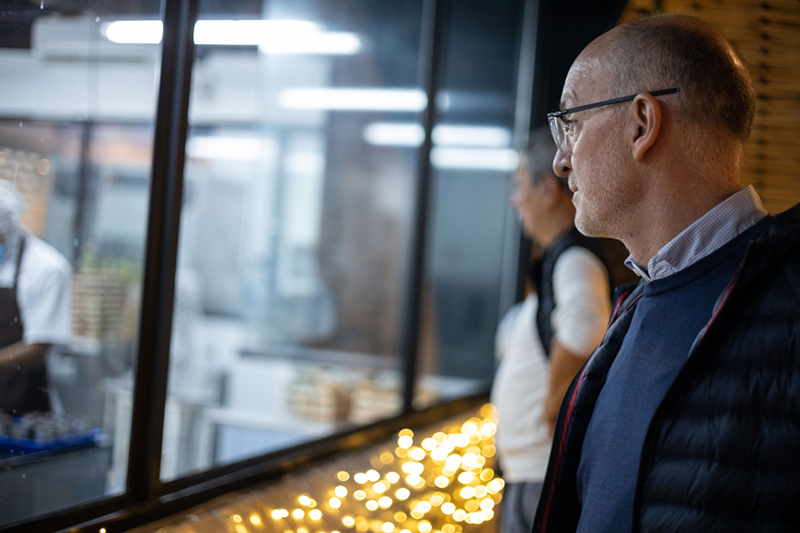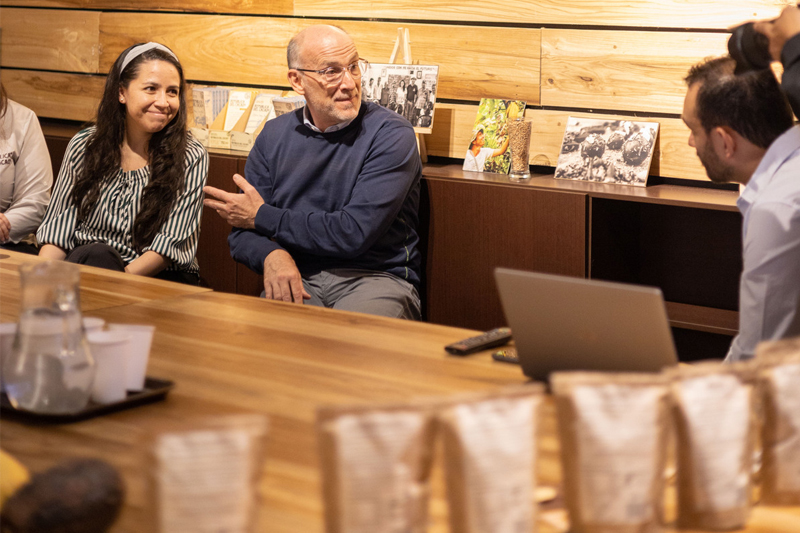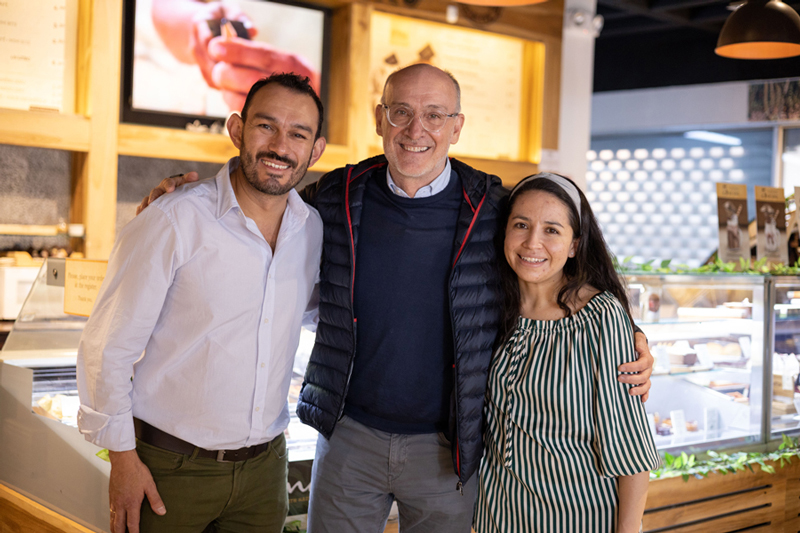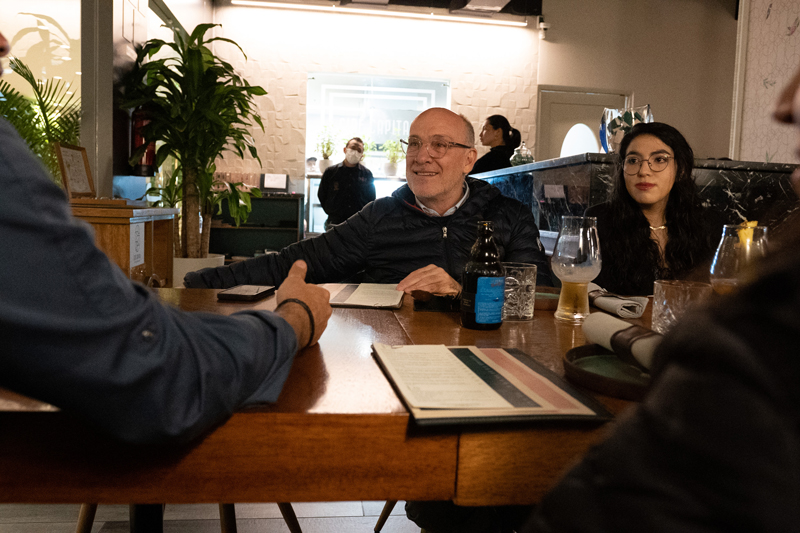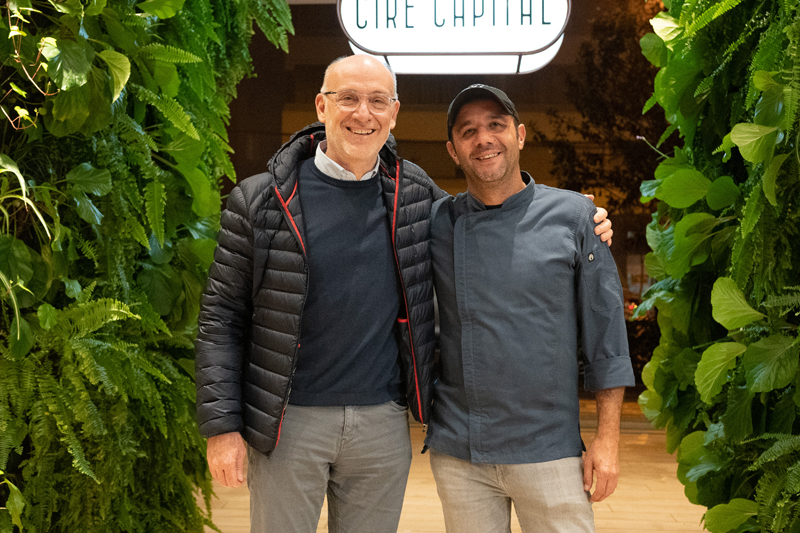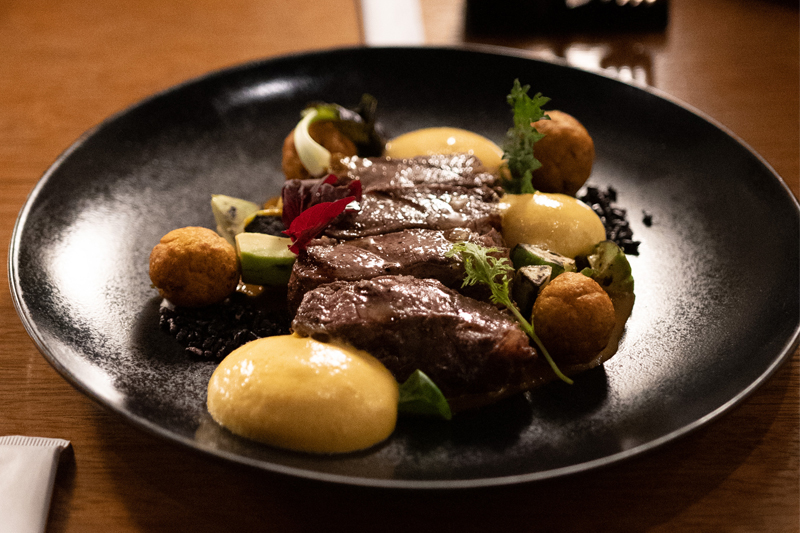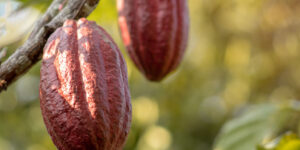Trip to Republica del Cacao: Origin and Fine Chocolate
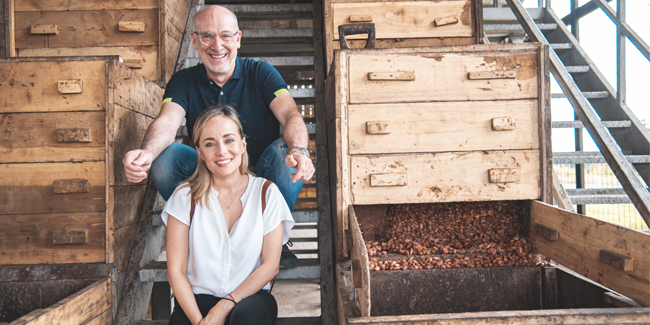
Author:
Jaume CotThe so good… magazine team, through its chief editor Carlos Barrachina, recently had the opportunity to travel to Ecuador to see first-hand the work that the firm, República de Cacao, is carrying out on the ground, not only in the manufacturing of chocolates from fine aromatic cocoas, but in the desire to add value to the entire production chain. Among cocoa farms in Guayaquil or in the collection center in Vinces, in the province of Los Ríos, we were able to see how the firm contributes to strengthening and enlarging an agricultural community with which it multiplies its ties. Then, in Quito, we were at their Chocolate Laboratory located in the historic center of the city, where we witnessed in more detail how they care about raising this raw material to the most demanding standards of quality chocolates for a public professional, a public which is spread all over the world in more than 20 countries. República del Cacao is a brand rooted locally and with a totally global projection which also promotes closing the circle by making chefs, chocolatiers, and other figures in the sector, in this case us, participate in a unique and constantly evolving process. That is why we can only agree on the correctness of the company’s name: a diverse community with shared interests and objectives make it the most chocolate-producing “republic” in the world.
100% Latin American
República del Cacao manufactures chocolate coatings and other cocoa-based products designed for professional artisan (B2B) use, with a repertoire of references that includes single-origin chocolates, blends from two or three types of cocoa with different organoleptic profiles; cocoa butter and cocoa nibs. Several internationally prestigious labels such as Kosher, B Corp, or BPM certify the quality of their product, as well as the methods used throughout the production chain. Its purpose, in conclusion, is to strengthen a local economy and distinguish itself in the artisan sector with unique chocolates.
For its manufacturing, they use 100% Latin American ingredients. The cocoa, milk, and sugar, or rather, the panela, come from local crops from Peru, Mexico, the Dominican Republic, and, of course, Ecuador. It was precisely at the Vinces Collection Center where our editor, Carlos Barrachina, began his journey and had first contact with small cocoa producers and those responsible for selecting the cocoa beans and giving them the first drying and fermentation treatment.
It is a process in which República del Cacao is 100% involved, both to financially strengthen the community and to strengthen ties as well as supervising the best care of the beans in this critical phase of the beginning of the entire chocolate production chain. Engineers from the chocolate firm and small farmers with endearing stories interact to discover the needs of each party and work to satisfy them, always for the benefit of achieving an unbeatable cocoa.
Guayaquil and Cristina Monge’s Chokolat dessert bar
Vinces is not the only territory with which this chocolate brand works hand-in-hand and with a community spirit. Something similar happens, for example, with the dairy farms of Tucurucho, in the Ecuadorian Andes and where all the dairy raw material used by República del Cacao in the manufacturing of some of its chocolates comes from. In the Northwest of Quito, in the small town of Santa Marianita, is the San José Product Collection Center, a company that supplies 100% organic brown sugar to República del Cacao. A productive factory that employs a total of 25 families.
Carlos Barrachina did not stay in Vinces, instead heading to Guayaquil where, for example, we were able to see to what extent the company’s chocolates are the source of inspiration for the best chefs. This is the case of Cristina Monge and her Chokolat. We were able to appreciate how special this initiative is, born more than ten years ago from a group of four women and which has always maintained a very feminine character. Having gradually spread to different points of sale, this chef took advantage of her training at the Basque Culinary Center to open the first 100% dessert bar in Ecuador. There, we enjoyed a more classic dessert menu and other more personal proposals in which, of course, chocolate played a fundamental role.
Maximizing an expression
The next and last stop was made in Quito, where Carlos Barrachina finally became aware of the work seen up to that moment. At the company’s production center, a team of specialists, equipped with the latest technology, transfer the spirit and characteristics of the selected cocoas to their maximum expression in the form of chocolate. It is the place where all this social, agricultural, organoleptic, and environmental work crystallizes, this search to exalt a work that on the other hand becomes the livelihood of dozens of families in the regions where these very special raw materials are grown.
In the chocolate museum space that the firm has in the historic center of Quito, we had the opportunity to enjoy and distinguish the quality of the different origins of chocolate, thanks to the tasting conducted by Corporate Chef Andrea López. Carlos Barrachina also coincided with the winning team of the last edition of the Bocuse d’Or and we shared some interesting cultural, technical, and gastronomic sessions in a relaxed atmosphere.
Celebrating natural biodiversity
The culmination of such a special trip is a dinner at the Ciré Capital restaurant, run by chef Erick Dreyer and which is a replica of the restaurant he runs with his wife in the Cumbayá region. We immediately detected the shared concerns of the chef and the chocolate firm, the will to vindicate the natural biodiversity of Ecuador and, in this case, to praise it through signature dishes.
Although it had been very short for us, it was time to end the trip, but not before visiting the pastry shop of an old acquaintance of so good.. magazine, Cyril Prud’homme, with whom we can share impressions and enjoy a fantastic breakfast at the same time.
